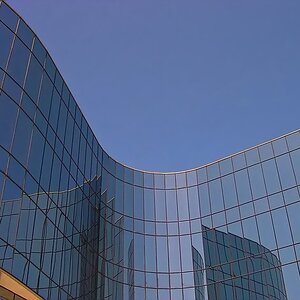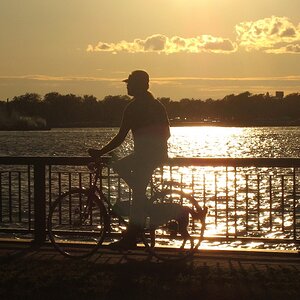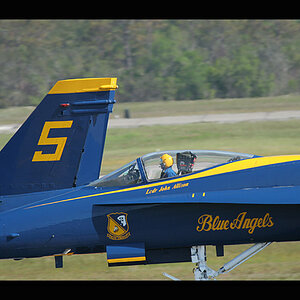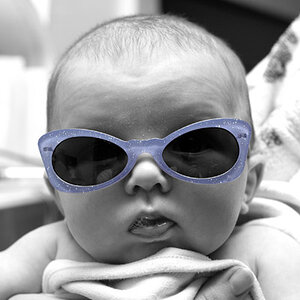ann
No longer a newbie, moving up!
- Joined
- May 14, 2007
- Messages
- 4,263
- Reaction score
- 189
- Can others edit my Photos
- Photos NOT OK to edit
How did this discussion end up in the film section:er:
The D700 is heavier and IMHO people who have these also have high end glass which is usually (not always) 2.8 lens and they are bigger and heavier.
I was testing some lenses on the D700 and after a half hour i couldn't hold the camera still with the 105 2.8 len. Don't have that issue with my D100.
Perhapes it is old age, or some bodies are getting heavier; or both
The D700 is heavier and IMHO people who have these also have high end glass which is usually (not always) 2.8 lens and they are bigger and heavier.
I was testing some lenses on the D700 and after a half hour i couldn't hold the camera still with the 105 2.8 len. Don't have that issue with my D100.
Perhapes it is old age, or some bodies are getting heavier; or both


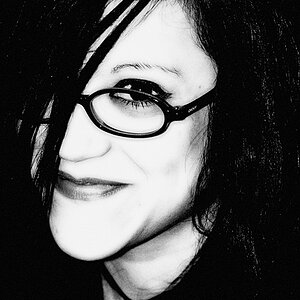


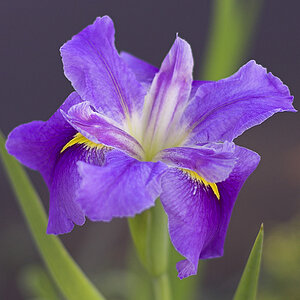
![[No title]](/data/xfmg/thumbnail/39/39460-55f4d48e22a9710f377f2a3dee45992e.jpg?1619739039)
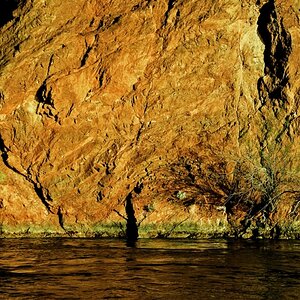
![[No title]](/data/xfmg/thumbnail/41/41923-ddfdc5596c5073ae69761e32124481cf.jpg?1619739945)
